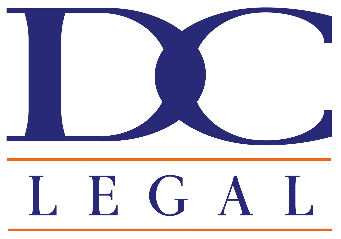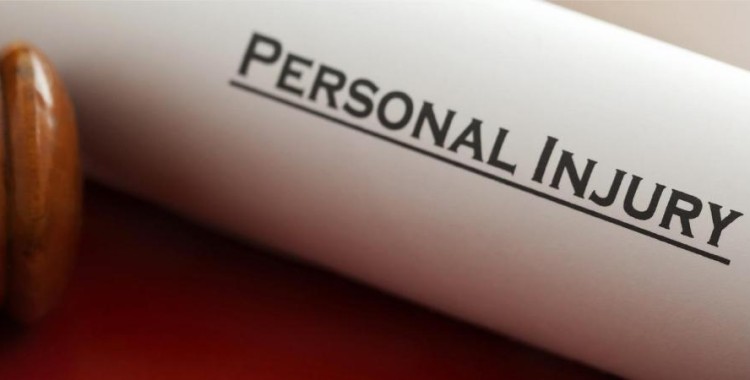The Basics of a Personal Injury Claim
Personal injury claims are governed by Civil Tort Law. Essentially, a tort is civil wrongful conduct which leads to harm of another. Torts include unintentional wrongs, such as negligence, and intentional wrongs (“intentional torts”), such as trespassing. Personal injury claims are brought on the grounds that an injury has occurred as a result of another’s conduct, and the injured person deserves to be compensated.
Negligence vs. Strict Liability
There are two ways a defendant can be found liable for a personal injury claim: negligence and strict liability.
NEGLIGENCE OUTLINED. A cause of action for negligence occurs when the defendant’s conduct fails to meet the standard of care toward others that a reasonable person would meet in the same circumstance. Unlike an “intentional tort” (e.g. assault, battery, etc.), negligent conduct is unintentional (occurring when the defendant fails to act with the required care).
A successful finding of negligence requires that four things be present:
- duty of reasonable care;
- the defendant’s conduct breached that duty;
- the conduct was the cause of the harm; and
- actual harm was suffered, which has a legal basis for compensation.
Duty and Breach. In order for a negligence claim to survive, it must be found that the defendant owed a duty of reasonable care to the plaintiff. Although answering the question of whether or not there was a duty can be tricky, there are some guidelines to help identify when a duty does exist.
A duty exists when:
- The defendant created the harmful circumstances, which led to the plaintiff’s harm (e.g. speeding causes a harmful car accident);
- The defendant did not cause the harmful circumstances, but acted in a way which caused the plaintiff to justifiably rely on the defendant’s aid and the defendant failed to render such aid (e.g. defendant tells car accident victim he will get help and then fails to do so);
- There is a “special relationship” between the defendant and plaintiff (e.g. doctor/patient, guardian/child, etc.).
If it is found that the defendant did owe a duty of care to the plaintiff and — based on his action or lack thereof — failed to meet that duty, it must then be shown that the plaintiff suffered harm, and that the defendant’s breach of duty was the direct and proximate cause of the harm.
Proximate Cause. The requirement for proximate cause in a negligence claim is satisfied when the plaintiff’s injury came about as a direct result of an unbroken chain of the defendant’s conduct. In a nutshell, if the plaintiff’s harm would not have occurred absent the negligent conduct of the defendant, and there were no intervening causes outside of the defendant’s control which led to the harm, it is likely that the court will find there was proximate cause.
STRICT LIABILITY OUTLINED. Another basis for a personal injury claim is strict liability. It is not necessary to show that the defendant acted in any way which breached a duty of care. It is only necessary to show that the defendant’s conduct was the proximate cause of the plaintiff’s harm and the claim falls appropriately under the category of strict liability. Examples of strict liability cases are abnormally dangerous activities (e.g. storing of explosives) and injuries caused by animals (e.g. dog bites).
Statute of Limitations
There is a set amount of time in which a personal injury claim can be brought following the injury. In Washington State there is a three (3) year window to file a claim for a personal injury. However, preparing a successful personal injury claim takes time and anyone seeking to do so is encouraged to consult with an attorney as soon as possible.
Have questions about a potential personal injury claim? Contact us.







